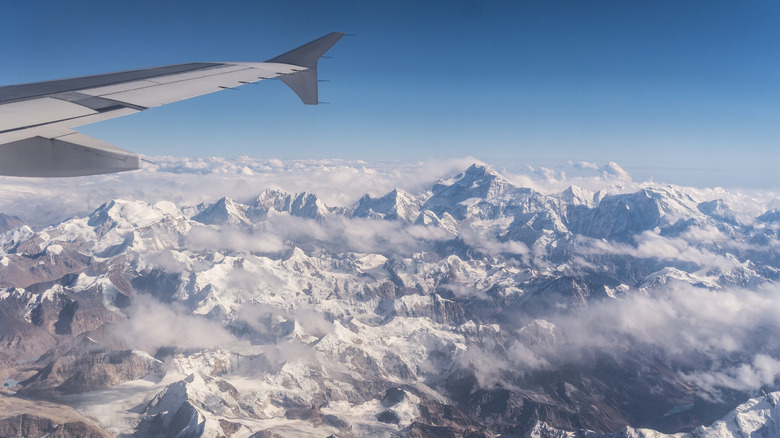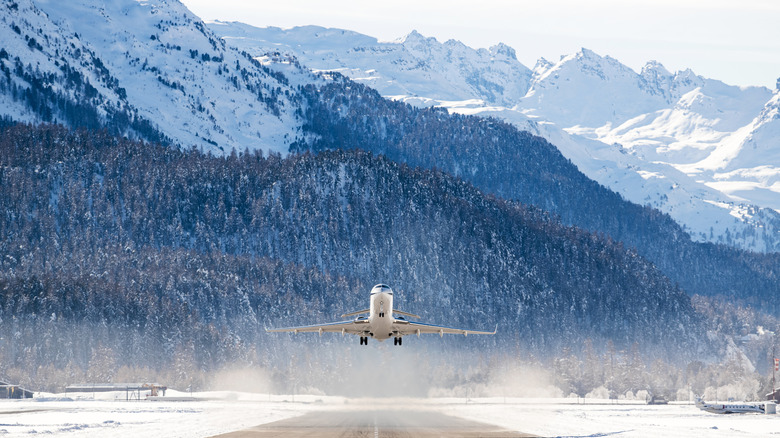The World's Most Turbulent Flight Route Faces The Fierce Wrath Of 'Mountain Waves'
The flight between Mendoza, Argentina, and Santiago, Chile, is spectacular. On a clear day, passengers can enjoy sweeping views of the craggy Andes Mountains for much of the hour they spend in the air. Unfortunately, it's those same stunning peaks that made this route the most turbulent in the world in 2024, according to turbulence tracking company, Turbli.
The trip starts in picturesque Mendoza, a region you can wine and dine your way through thanks to its rolling vineyards and mouthwatering foods. Just 112 miles away by air lies Santiago, the Chilean capital, with breathtaking mountain views. Connecting the two is a short flight across the Andes, and a very bumpy ride for passengers and crew thanks to a phenomenon known as a "mountain wave."
How bumpy? Turbulence is measured using eddy dissipation rate (EDR), which quantifies the intensity of turbulence in the atmosphere. The higher the EDR, the rougher the ride for the airplane. The Mendoza-Santiago route recorded 20% higher EDR values than any other, making it far and away the roughest ride in 2024 on average. So, what makes flying over mountains so turbulent?
What is the mountain wave?
For a smooth flight, you need steady airflow. But when air meets a mountain range, everything changes. As it's forced up and over the peaks, it can create powerful rippling currents on the other side, like waves in the sky. These waves are a major cause of turbulence. According to Turbli, all of the world's most turbulent flight routes pass over mountainous areas. Six of the top 10 most turbulent involve either Mendoza or Santiago — definitely airports to avoid if you're a nervous flyer!
Rounding out the top 10 list are routes passing over the Himalayas, an area commercial planes often avoid flying over. Routes between Kathmandu, Lhasa, and Chengdu are known for their frequent turbulence. Over in Europe, the Alps regularly create bumpy flying conditions. Pilots have no kind words for Austria's Innsbruck Airport, for example, which sits among the Alps. The good news in Europe is that most of those most turbulent routes can be avoided if you take the train rather than the plane. The journey will be far more scenic, too. And if you're traveling between Mendoza and Santiago but want to steer clear of any "mountain waves," there is a very windy but stunning road that weaves through the Andes.

